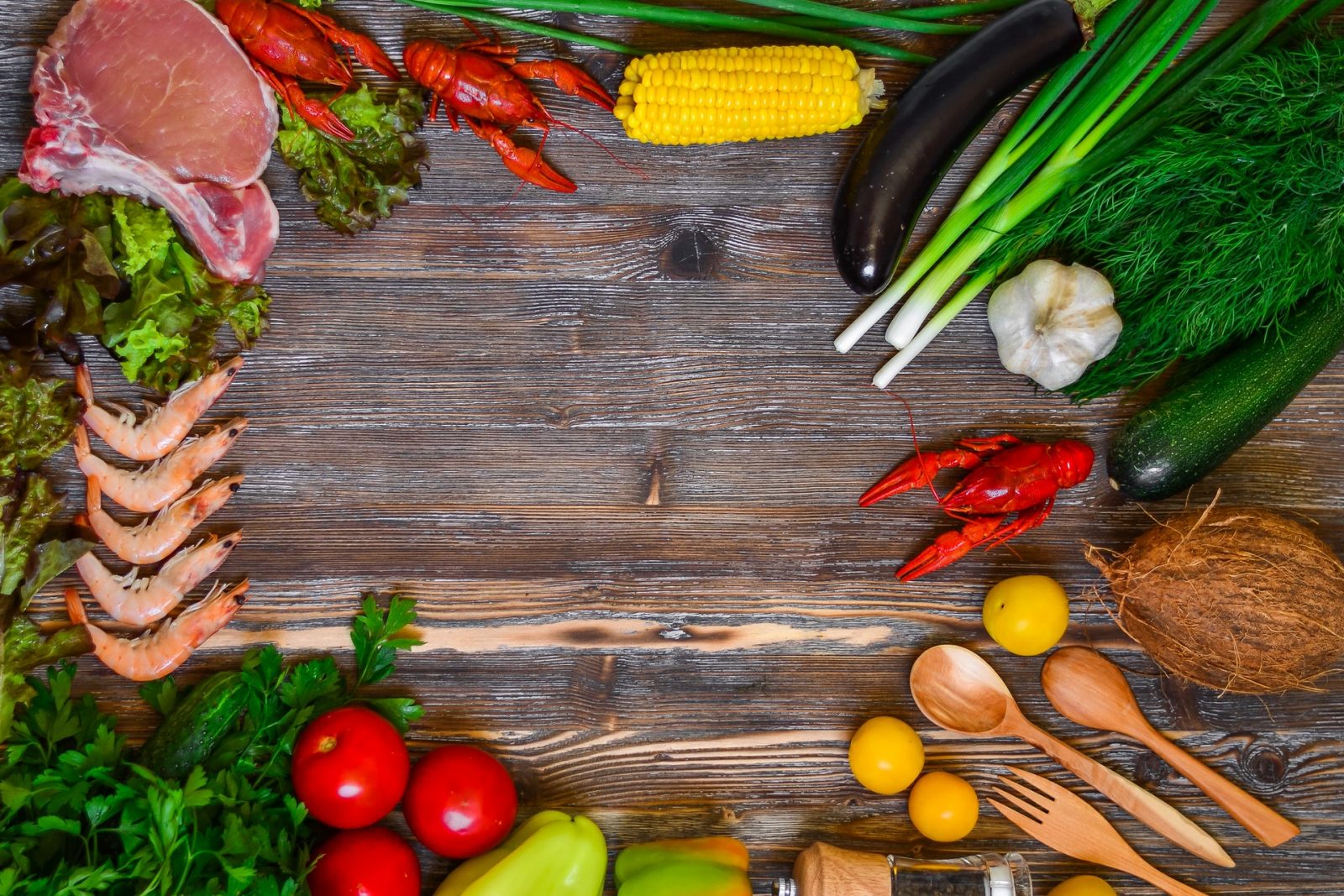

It lacks symptoms such as fever or bloody diarrhea. coli (enterotoxigenic) is the most common cause of traveler's diarrhea. Vibrio parahaemolyticus can contaminate saltwater shellfish and cause a watery diarrhea.ĭiarrhea due to small bowel infection tends not to be bloody, but infections may affect both the small and large intestine at the same time.In individuals with weakened immune systems, including the elderly, the infection can enter the bloodstream and cause potentially life-threatening infections. Salmonella infections often occur because of poorly or undercooked cooked and/or poor handling of the chicken and eggs.Shigella spp contaminate food and water and cause dysentery (severe diarrhea often containing mucus and blood).Campylobacter, according to CDC data, is the number one cause of food-borne disease in the United States.Infections of the large intestine or colon can cause bloody, mucousy diarrhea associated with crampy abdominal pain. Large intestine and small intestine have an intermediate incubation from about 1 to 3 days. What are the symptoms and incubation time for large and small intestinal food poisoning?


What are the symptoms and incubation period for chemical and bacterial causes of food poisoning?.coli 0157:H7 and Yersinia enterocolitica infections? What are the symptoms and incubation period for E.What are the symptoms and incubation time for large and small intestinal food poisoning?.What are food poisoning signs and symptoms?.How do you know if you have food poisoning or the stomach flu?.Facts you should know about food poisoning.


 0 kommentar(er)
0 kommentar(er)
